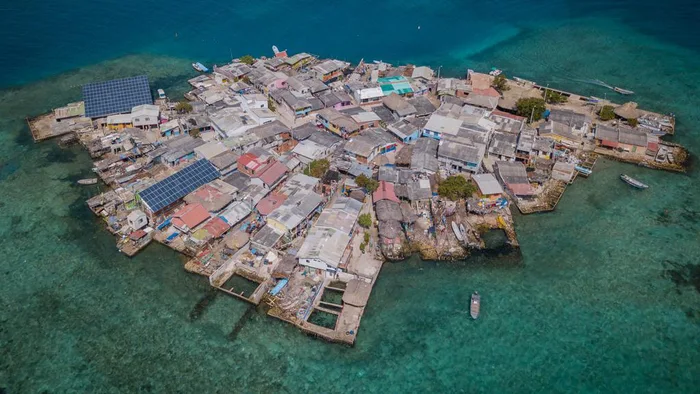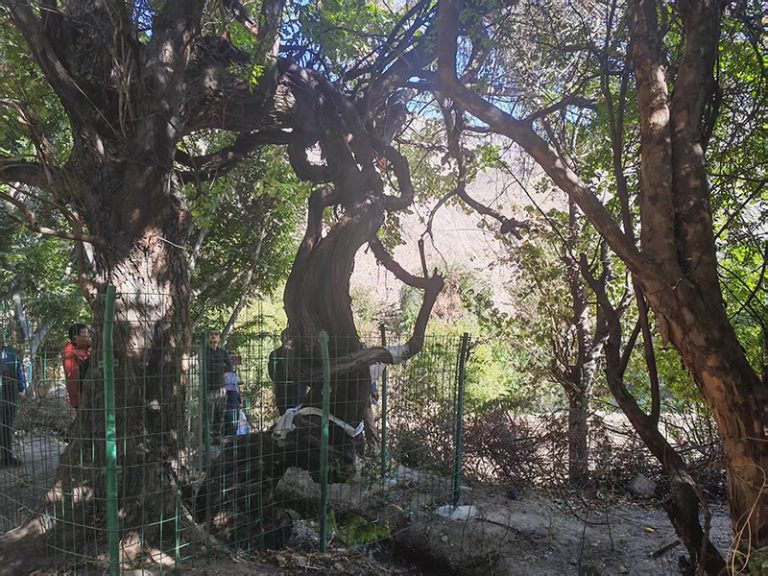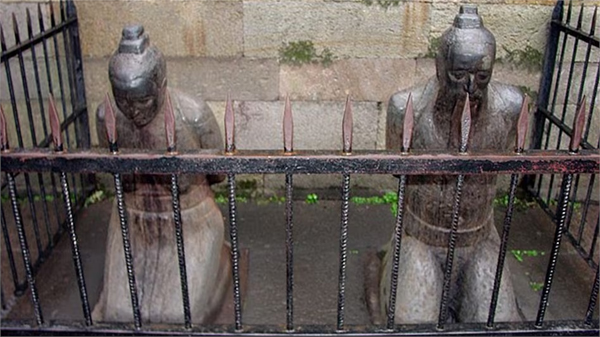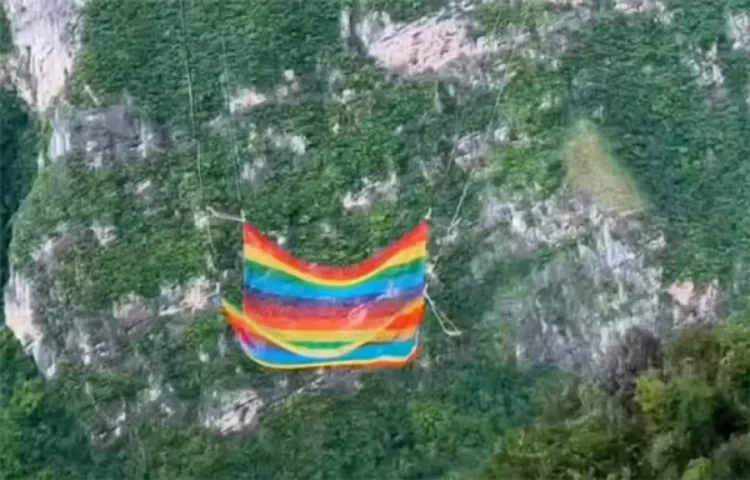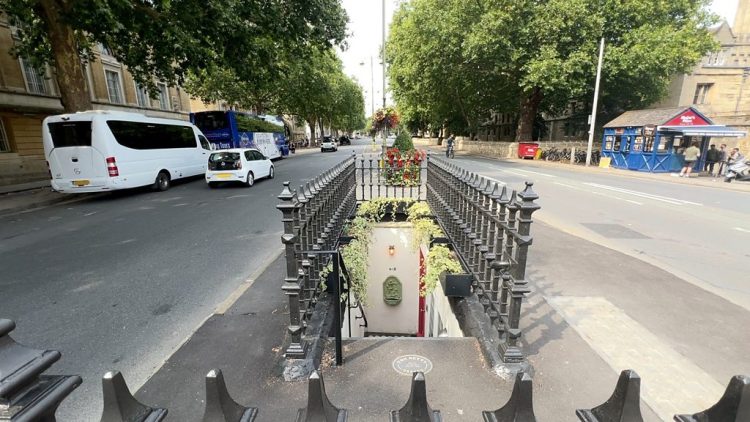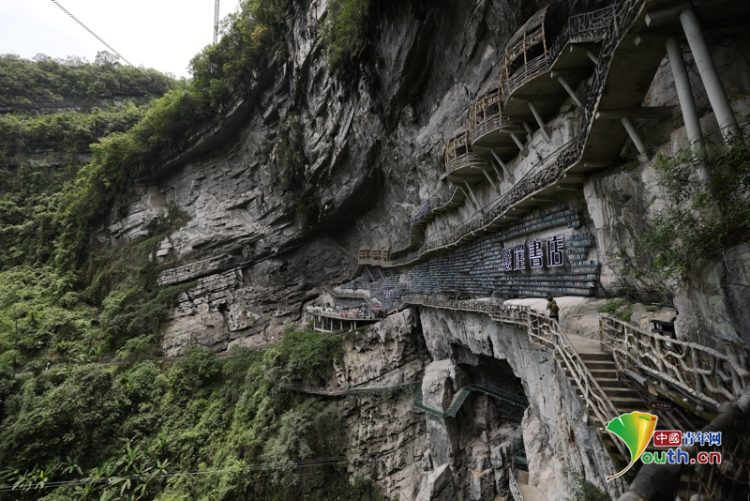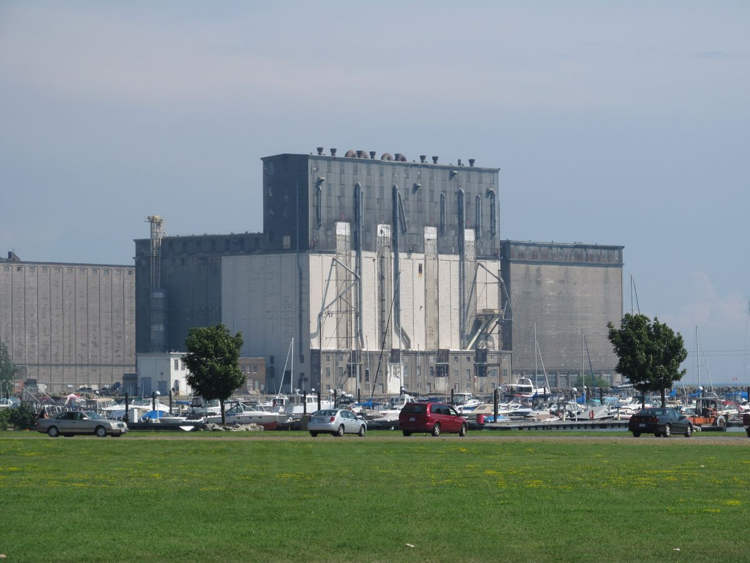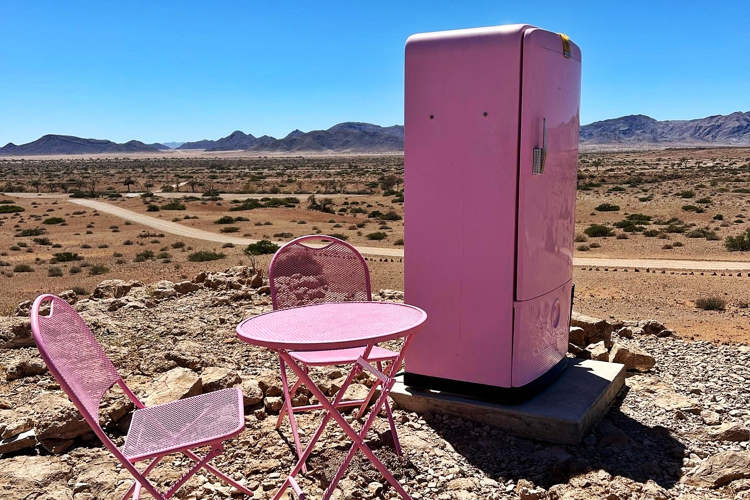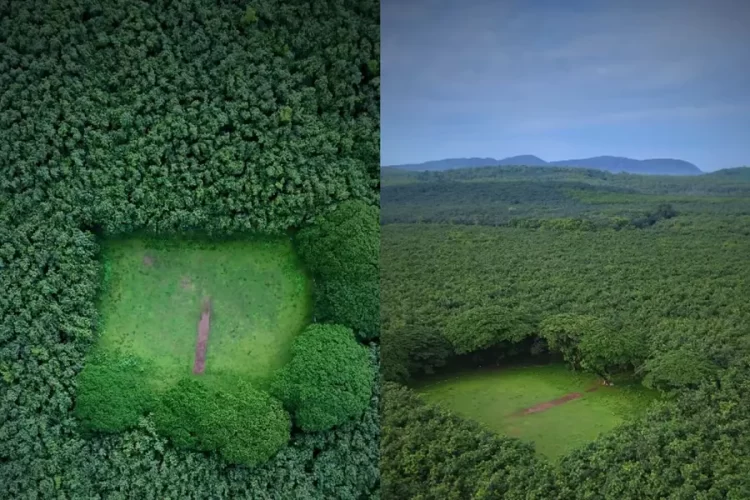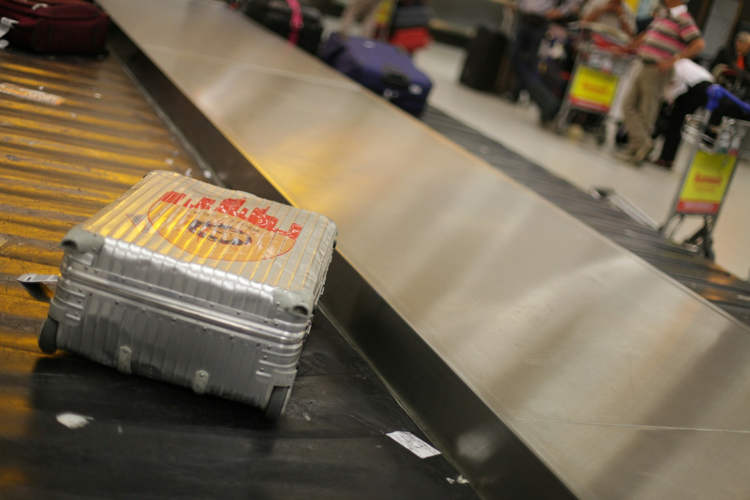The people of Uros, a small South American tribe in Peru, have made living arrangements for themselves that are so unique, they’re not found anywhere else in the world. These people live most of their lives on man-made floating islands? The islands were created on Lake Titicaca in Peru, for the protection against other stronger tribes. The lake is the largest by volume in South America, and provides ample protection by itself since it is completely isolated and located about 3000 m above sea level.
But the Uros people were apparently not satisfied with the protection of the lake alone. They went one step further to ensure their safety, making good use of the reeds that grow in abundance along the banks of the lake. The reeds proved to be a malleable material, so they were dried out, bundled and shaped into boats that float very well. This natural material also made it possible for the ancient Uros to create a system of floating domiciles that could be quickly moved away from the mainland in case of any emergency, called the tortora islands. Today, about half the population of the Uros about 500 individuals), still prefer to live in this age-old manner. Of course, they’ve renovated their floating islands to include some modern amenities as well.

Photo: Templar1307
The Uros people create their tortora reed islands with great care. The reeds are interwoven to create ‘roots’ that have a dense layer about 2m thick, on top of which the island is developed. To provide anchorage, large logs are drilled through the island to the base of the lake. The ropes attached to these logs provide stability to the island. But the islanders’ work is far from done after an island has been constructed, because the reed leaves rot quite frequently, so they need to be replaced with new ones frequently. This is done about four times a year for each island. But the floating structure itself has a very long life – each one can last for up to 3 decades. Lake Titicaca is home to forty small islands, and a large central one which acts as the focal point of the tribal community.

Photo: Benjamin
The reeds provide not just shelter to the Uros people, but a source of livelihood as well. You could say that in many ways it has been the foundation of this unique community for centuries. Iodine is produced from the reeds and sold. They are also used for general medicinal purposes – when wrapped around a painful part of the body, the pain is said to simply vanish – and the flowers of the reeds are also used to brew coffee. The Uros people represent a near-perfect community that has learned to live in great harmony with their surroundings. But unfortunately, like all other unique cultures in the world, they are under threat from assimilation. They are said to have lost their own language half a century ago and now speak Aymara – the language of the mainland tribes. The recent arrival of the Europeans has also dealt a huge blow to their cultural identity, because the Uros had to pay taxes and give up many of their people as slaves.

Photo: Emre Safak
But despite all the struggles they have been through over the years, the Uros are still thriving today, although in small numbers. They have successfully adopted a few aspects of European society that suit their ways. Solar panels installed on the reed homes help to run electronic appliances such as television sets. The largest island also has a radio station that broadcasts for several hours during the day. They have a couple of schools that provide education for children. The learning is very traditional though, in an attempt to preserve the culture of the Uros. If there’s one thing this tribe does not have on their reed islands and in their reed homes, it is the modern cooker. For obvious reasons, they cannot use an open flame to cook food. So they use their own traditional models – with stones piled high enough to create a fire on top, without the heat being too strong to reach the leaves. A very small island near the larger ones serves the purpose of attending to nature’s calls. The reeds are great at absorbing the waste, which makes great fertilizer for the next healthy crop.

Photo: Ben Neumeyer
Tourism is one of the major sources of income for the Uros. A large number of curious visitors flock to these islands each year, to observe the unique way of life. Several families have specially designated guest rooms in their homes to accommodate the tourists. They also perform a special dance each night, encouraging the visitors to dress up and join in. Lake Titicaca certainly does sound like must-visit destination, for who could resist the experience of spending a night on a floating island?


